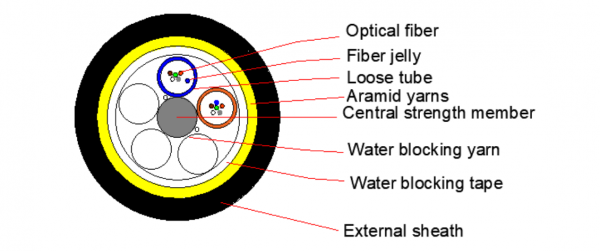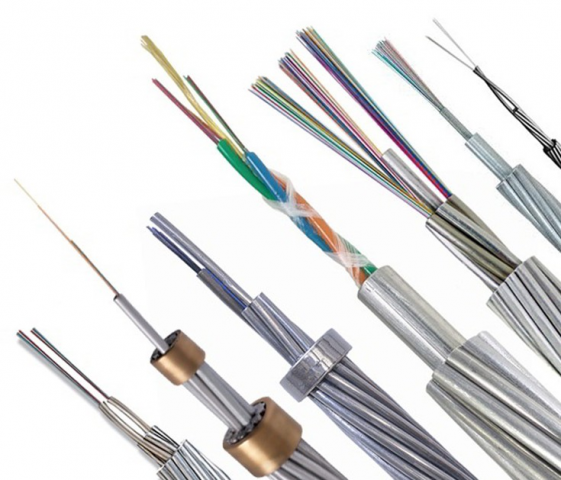ADSS optical cable characteristics:
Performance characteristics:
1. The periphery of the aramid yarn is strengthened, and the elasticity is good, and the fiber will not be injured when it is shot at a distance of about 10 meters.
2. No metal, anti-electromagnetic interference, lightning protection, strong electromagnetic field resistance
3. Excellent mechanical and environmental performance.
4. Lightweight and convenient construction
5. Utilize existing poles and towers to save line construction costs.
6. It can be erected with power to reduce the loss caused by a power outage
7. It is independent of the power line and convenient for maintenance.
8. It is a self-supporting optical cable, no auxiliary hanging wire such as hanging wire
Structural features:
1. The optical fiber has a loose tube structure in the sleeve.
2. The cable core structure is stranded.
3. The stranding method is SZ stranding.
4. The outer sheath has the function of preventing electric corrosion

Mechanical properties of ADSS optical cables The mechanical properties of optical cables are mainly reflected in the maximum operating tension, average operating tension and ultimate tensile strength of the optical cable. The national standards for ordinary optical cables clearly stipulate the mechanical strength of optical cables in different ways of use (such as overhead, pipeline, direct burial, etc.). The ADSS optical cable is a self-supporting overhead optical cable, so it must withstand the baptism of the natural environment in addition to the long-term effects of its own gravity. If the mechanical performance design of the ADSS optical cable is unreasonable and does not adapt to the local weather, the optical cable will have potential safety hazards and the service life will be compromised. Therefore, each ADSS optical cable project must be strictly designed with professional software according to the natural environment and span of the optical cable routing to ensure that the optical cable has sufficient mechanical strength. When the transmission line has a ground wire and the remaining life is still quite long, it is necessary to construct the optical cable system as soon as possible with low installation costs, while avoiding power outages, etc., the use of ADSS optical cable has great advantages.
OPGW cable characteristics:
It is a kind of power cable. It is also called optical fiber composite ground wire, which is a kind of ground wire compounded with an optical cable, and at the same time satisfies the function of the ground wire and the communication function.
Mainly used in power lines, generally new (reconstructed) lines, saving construction costs and material costs
The basic parameters of OPGW cable are as follows:
1. Optical cable model and structure: divided into aluminum-clad steel and aluminum alloy;
2. Calculate the cross-sectional area: materials are divided into aluminum tube or stainless steel tube, aluminum-clad steel, aluminum alloy;
3. Outer single wire type: divided into aluminum-clad steel and aluminum alloy;
4. The diameter of the outer single wire;
5. Type of light;
6. Number of fiber cores;
7. The bidirectional average attenuation coefficient of a single reel and a single fiber after OPGW is cabled (1550nm);
8. Outer diameter;
9. Mass per unit length (including fiber mass);
10. Rated breaking force (RTS);
11. DC resistance at 20℃

OPGW optical cables are mainly used on lines with voltage levels of 500KV, 220KV, and 110KV. Affected by factors such as line power outages and safety, they are mostly used in newly-built lines.
Media Contact
Company Name: Shenzhen Optico Communication Co., Ltd.
Email: Send Email
Phone: 86-755-33532578
Country: China
Website: https://www.fiber-optico.com/
